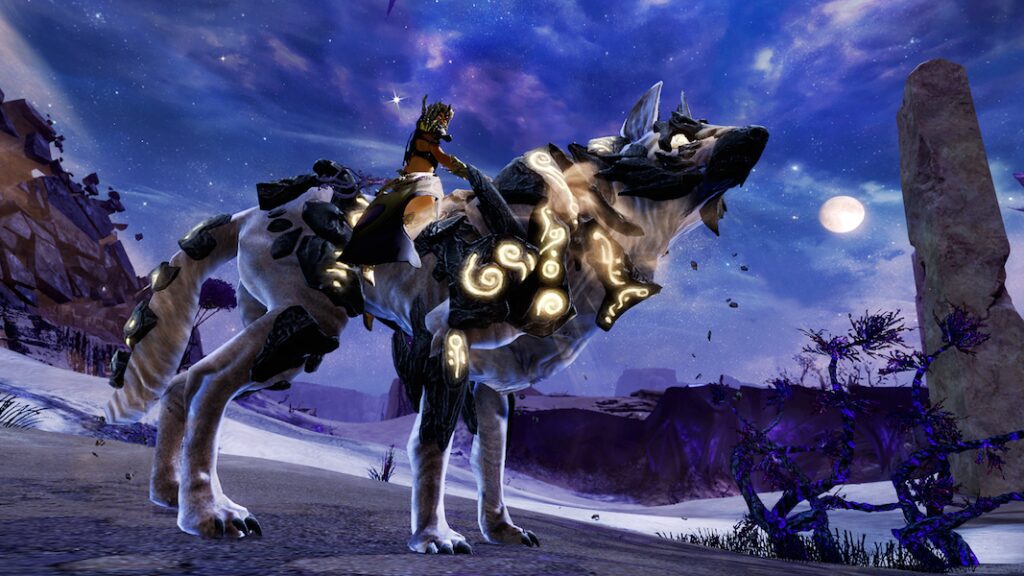Massive Multiplayer Online (MMO) games have grown popular, and guilds have played a significant role where players join hands to achieve common goals. In its early days, guilds were communities where players could interact and socialise. As the gaming industry evolved, the guild structure also became more complicated, with many guilds having a hierarchy similar to that of a company. Guilds have evolved to become influential powers in MMO gaming, with access to resources and vast membership bases, becoming economic entities in the MMO gaming world, driving real-life economic activity by creating markets and trading in-game items.
Introduction:
Massive Multiplayer Online (MMO) games have been around for quite some time now. They have grown in popularity and evolved over the years to accommodate a diverse player base. In these games, guilds play a significant role as players join hands to achieve common goals. In this article, we will take a look at the evolution of MMO guilds in online gaming, how they have evolved from rudimentary structures to massive conglomerates that generate real-world economic activity.
Early Days of MMO Guilds:
In the early days of MMO gaming, guilds were formed primarily for social reasons. They were communities where players could interact, trade, and socialize. Guilds had a rudimentary structure, with a leader and a few members.
One of the first and most popular MMO games, World of Warcraft (WoW), was released in 2004, and it had a significant impact on the MMO gaming industry. WoW’s success led to an explosion in the number of MMO games, and in turn, the number of guilds.
Social Aspect of MMO Guilds:
MMO guilds have evolved from simple social gatherings to complex organizations. Through the years, the social aspect of MMO guilds has remained a critical aspect of why players join these communities. Guilds have become a place where players can make friends and connect with people from around the world. This aspect of guilds is what makes them a vital part of most MMO games.
Guild Structure and Organization:
As MMO gaming has become more elaborate, so have the guild structures. Many guilds have a hierarchy that mirrors that of a company. They have leaders, officers, and members classified into various ranks. This structure helps guilds manage members’ activities, recruitment procedures, and decision-making processes.
Guild goals have also become more significant over time. While early guilds were formed mainly for social reasons, today’s guilds have specific goals. They may have raid groups that work together to complete game content, or they may specialize in crafting and trading. Guilds that specialize in crafting and trading have driven real-life economic activity by creating markets and trading in-game items.
Power and Influence:
Guilds we see today have grown to become influential powers in MMO gaming. They have become massive, with some comprising thousands of members. The scale of these guilds has given rise to virtual economies with real-world implications.
Guilds now have access to resources that they use to achieve their goals in the games they play. These resources may include special equipment, game gold, and in-game currency. Through their vast membership bases, massive guilds have become economic entities in the MMO gaming world.
Conclusion:
The evolution of MMO guilds in online gaming has been significant. From their rudimentary social structures to their current position as economic entities, MMO guilds continue to shape the gaming industry. They have become a vital aspect of MMO games, and for many gamers, the decision to join a guild may be the most crucial one they make in their in-game experience. As the gaming industry continues to evolve, MMO guilds will continue to be a cornerstone of the community.
